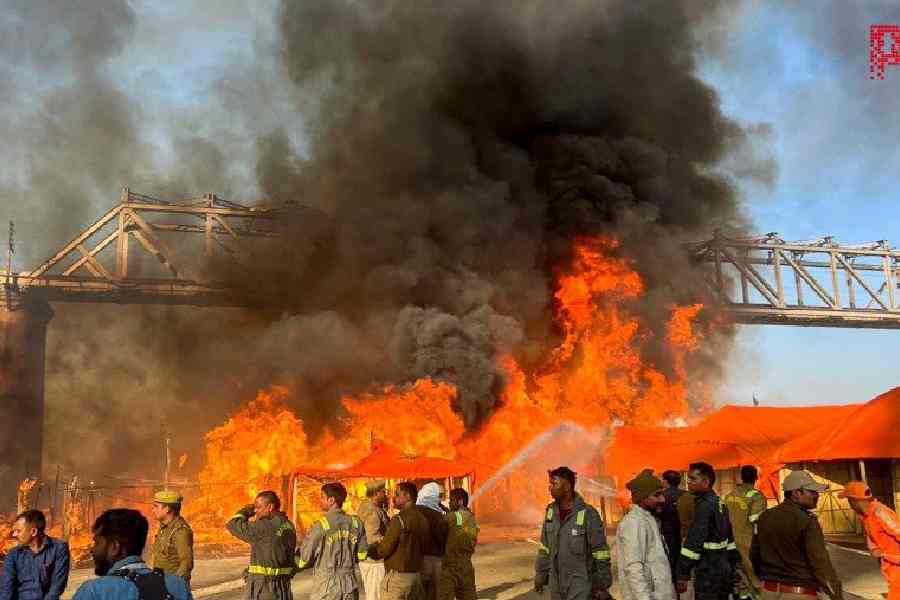The significance of data in comprehending a phenomenon of importance cannot be denied. Take, for instance, the Union home ministry’s dataset that was recently tabled in Parliament concerning the number of Indian women who were reported missing between 2019 and 2021. The National Crime Records Bureau has put the figure at more than 13.13 lakh, with 3,75,058 adult women and at least 90,113 below the age of 18 reported missing in 2021 alone. Madhya Pradesh, West Bengal and Maharashtra contributed to the bulk of such cases, with 1,60,180, 1,56,905 and 1,78,400 women going missing from these states, respectively, in the aforementioned three-year period. Although the disappearance rates for minors are a tad lower, this is not a consolation given the fact that the statistics are allegedly not representative of the realities on the ground. A major reason behind this is the practice of conflating ‘women reported missing’ with ‘missing women’ — the latter is used to signify the number of women missing at birth owing to gender discriminatory practices. This results in widespread discrepancies in the available data. There are other factors that lead to the creation of a partial — inaccurate — picture. Missing cases often go underreported due to the associated stigma attached to women fleeing conservative mores in their natal homes. Furthermore, all missing cases of minors — be they the result of interfaith unions, trafficking, rape or abduction — are labelled as kidnapping. Significantly, women with intellectual disabilities who are abandoned by their families often do not figure in missing persons’ reports, thereby rendering the data inadequate.
But the quality of data is not the only matter of concern. There is also a need to recalibrate the notion of ‘disappearance’. There are segments where women have a scanty presence: for instance, their participation in the labour force, or in Parliament, remains low. There is thus a case to establish causal links between their actual disappearances with embedded invisibility. These intersections could be revealing. The government has listed a slew of measures that it has taken to ensure women’s safety, such as the application of punitive action, legal deterrents and smart technology. While these are necessary, the disappearance of women transcends the prism of law and order. The structural conditions responsible need to be identified and then acted upon.











